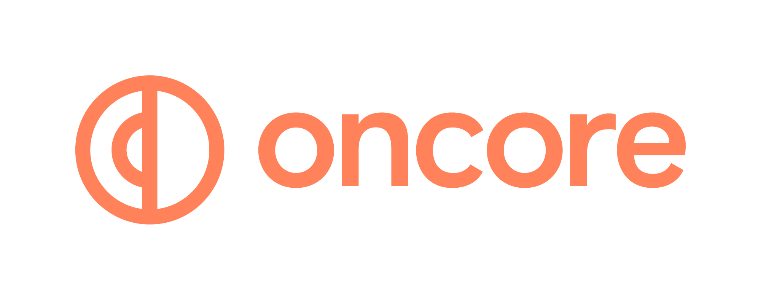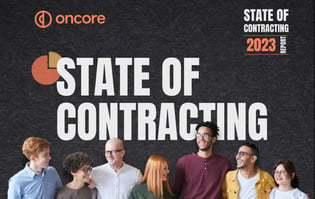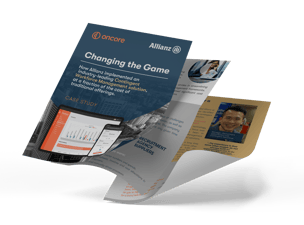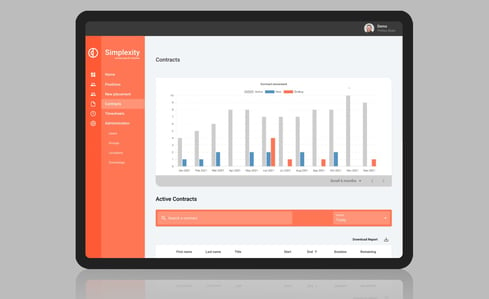In today's globalised world, diversity and inclusion (D&I) have become more than ethical buzzwords. They represent a vital strategic must for companies wishing to drive innovation, enhance team dynamics, and create more representative products and services. While the importance of D&I is often discussed in terms of permanent staff, it is equally crucial in the realms of contractor recruitment.
Why Diversity and Inclusion matter in Contractor Recruitment
- Enhanced Creativity and Innovation: A diverse contractor team brings varied perspectives, experiences, and ideas. This diversity fosters creativity, leading to more innovative solutions and ideas.
- Better Representation: Contractors often play a key role in project delivery. A diverse team ensures that all the various and diverse customer segments are considered, resulting in products and services that can resonate with a broader audience.
- Improved Performance: Studies have repeatedly shown that diverse teams outperform homogeneous ones, leading to better business outcomes.
- Talent Attraction: A commitment to D&I can make your organisation more attractive to top contractor talent, who increasingly value and want to be seen embracing inclusivity.
Challenges in ensuring diversity from your teams in Contractor Recruitment
While the benefits are clear, ensuring diversity in contractor recruitment comes with its own set of challenges:
- Unconscious Bias: Your recruitment team might unknowingly favour candidates who mirror their backgrounds or experiences.
- Limited Access: Some organisations might not have access to diverse talent pools and therefore need to build these channels.
- Stereotyping: Some roles might be stereotypically linked to certain genders or ethnicities, affecting hiring decisions.
Strategies to promote DE&I in your Contractor recruitment team
- Awareness Training: Equip your recruitment and hiring teams with training to recognise and eliminate unconscious biases. This promotes objective decision-making based on merit rather than preconceived notions.
- Introduce a transparent data system: A comprehensive data collection system allows visibility across the different diversity dimensions of your contingent workforce and can also highlight pay and employment gaps.
- Diverse Talent Pools: Try and collaborate with diverse professional groups, universities, and job boards that cater to various demographics to widen your talent pool.
- Inclusive Job Descriptions: Ensure that your job descriptions are gender-neutral, inclusive and don't inadvertently deter certain groups from applying.
- Structured Interviews: Implement a structured interview process, ensuring all candidates are asked the same questions in the same order. This minimises bias and ensures fairness.
- Access available information: Being aware and utilising the different government information hubs for diverse groups, such as JobAccess: About JobAccess | Job Access
- Celebrate Diversity: Make it a point to celebrate diverse cultures, festivals, and days of importance within your organisation. This not only promotes inclusion but also showcases your company culture to potential contractors.
The Stats.
Whilst there is clearly much work to be done in this area, according to the Australian HR institute (AHRI), who undertook research in December 22 to provide a perspective on the current state of D&I in Australian workplaces, there is ample evidence that the vast majority of organisations are making efforts to attract a wider spectrum of applicants. They reported that the most popular means of increasing D&I through recruitment practices are flexible working arrangements (66%), inclusive language in job advertisements (53%) and using structured interviews for promotions and recruitment (41%)
The time for diversity and inclusion is now
D&I in contractor recruitment aren't just ethical imperatives; they are business imperatives. By actively promoting Diversity and Inclusion in your contractor recruitment process, you position your organisation to reap the numerous benefits of a diverse workforce while upholding the principles of fairness and representation.
Notably, according to the Australian HR Institute, 38% of HR professionals report that their organisations do not gather D&I data during the recruitment phase. In order to run an effective and sustainable D&I strategy for your contingent workforce, you need to ensure you are constantly collecting and regularly analysing the data you have available to you on your contractors
If you’d like to know more about uncovering and reporting on this kind of data for your non-permanent workforce, and building a more holistic D&I program across your contingent talent pool, speak to us at Oncore today.












_11zon%20(1).jpg?width=302&height=124&name=linkedin-sales-solutions-vqWWOnA6--M-unsplash%20(2)_11zon%20(1).jpg)






